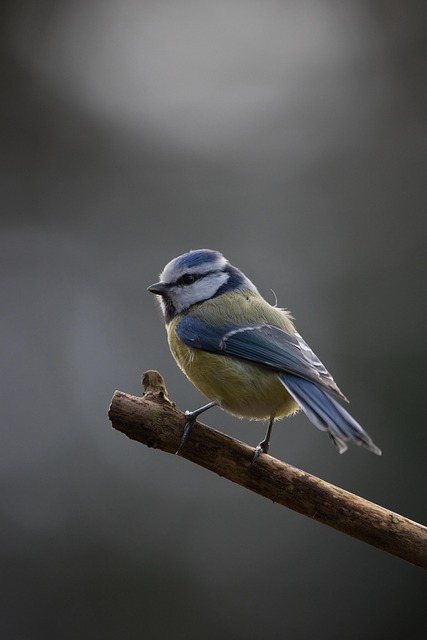Raccoon infestations in Lakewood attics are a common problem, indicated by signs like unusual noises, ammonia odors, chewed insulation, and holes. Homeowners should be vigilant for these indicators to prevent costly repairs. Engage licensed wildlife control teams specializing in humane trapping methods to address infestations. By recognizing signs, sealing entry points, using live traps, consulting local regulations, and maintaining a clean environment, homeowners can effectively manage and prevent raccoon problems in their Lakewood attics.
Raccoons in your attic? Discover how to identify signs of a raccoon infestation in your Lakewood home. This comprehensive guide explores the growing concern of raccoon invasions, delving into the impact these elusive creatures can have on attics and structures. We demystify the process of wildlife control license trapping and provide effective strategies for managing infestations. Learn what to look for, from droppings and tracks to chewed vents, and take back your space with expert advice.
- Understanding Raccoon Infestations and Their Impact on Attics
- The Role of Wildlife Control License Trapping Teams
- Effective Signs and Strategies for Raccoon Infestation Management
Understanding Raccoon Infestations and Their Impact on Attics

Raccoons are clever and agile creatures that can easily infiltrate homes, particularly attics, seeking shelter and food. In Lakewood, with its diverse urban landscape, raccoon infestations have become a common concern for homeowners. Understanding how to recognize a raccoon infestation is crucial for prompt action to prevent potential damage.
Signs of a raccoon invasion in your attic may include unusual noises, such as scurrying sounds and sharp scratching, which often occur at night. You might also notice strong ammonia-like odors, as raccoons leave behind waste in their dens. Chewed insulation, holes in ceiling or wall materials, and scattered items are further indications of these mischievous visitors. If left undetected, raccoons can cause extensive attic damage over time, leading to costly repairs for homeowners.
The Role of Wildlife Control License Trapping Teams

Wildlife control license trapping teams play a crucial role in managing and mitigating issues related to animal infestations, particularly in residential areas. These specialized teams are equipped with the knowledge and legal permits to handle situations where wildlife, such as raccoons, have taken up residence in unexpected places, like attics. With signs of a raccoon infestation in Lakewood attics becoming increasingly common, these professionals offer a vital service.
Their expertise lies in humanely trapping and removing these animals while ensuring the safety of both the residents and the wildlife. By recognizing the subtle signs of an infestation—scratched insulation, damaged ventilation screens, or unusual noises at night—homeowners can proactively reach out to licensed teams. These teams employ strategic methods to capture raccoons without causing them harm, providing a solution that respects both animal welfare and property preservation.
Effective Signs and Strategies for Raccoon Infestation Management

Raccoon infestations in attics are a common issue for homeowners in Lakewood, often indicated by distinctive signs. The first step in effective management is identifying these clues. Look for telltale evidence such as droppings—dark, pellet-like feces—which can accumulate and leave a strong, unpleasant odor. Raccoons also tend to create holes or entry points, so inspect your attic for any unusual openings or damage to ventilation systems, chimneys, or roofs. These creatures are agile climbers, so checking for tracks on walls or floors leading up to the attic is crucial.
Strategizing for raccoon control involves a multi-pronged approach. Sealing all potential entry points with hardware cloth or other sturdy materials is essential to prevent re-entry. Setting up live traps, baited with peanut butter or strong-smelling food, can capture raccoons humanely. It’s important to check local regulations regarding trapping and contact professional wildlife control services for guidance on safe and effective removal. Additionally, maintaining a clean environment by securing trash cans and eliminating water sources will make your property less attractive to these curious critters.
Raccoon infestations in attics can cause significant damage, but understanding their behavior and seeking professional help from licensed trapping teams is key. By recognizing the signs of an attic invasion—such as strange noises, droppings, or smells—homeowners in Lakewood can proactively manage these situations. Effective strategies, including sealing entry points and using humane traps, can prevent future infestations. Remember, if you suspect a raccoon infestation, it’s crucial to contact a licensed professional for safe and efficient resolution.
